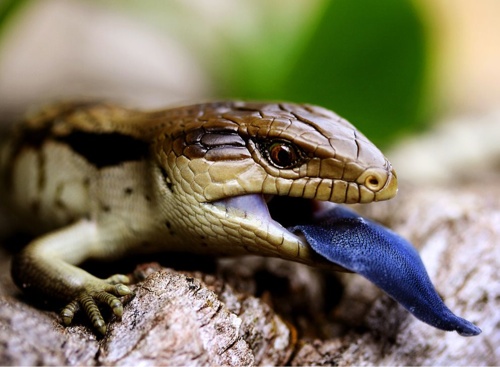I shall have to turn on my television Sunday evening (7 or 8pm, depending on where in the US you are). Stephen Hawking will be on the Discovery Channel to answer the question, “Is There a Creator?” — I’m pretty sure he’s going to answer “no.”
He also tersely answers a few questions online.
Q: First, we wonder if you could comment on why you are tackling the existence of God question?
A: I think Science can explain the Universe without the need for God.
Q. What problems you are working on now, and what do you see as the big questions in theoretical physics?
A: I’m working on the question, why is there something rather than nothing, why are the laws of physics what they are.
If that last bit has you curious, here’s a teaser:
Essentially on “Is There A Creator?,” Hawking notes that on the sub-atomic scale, particles are seen in experiments to appear from nowhere. And since the Big Bang started out smaller than an atom, similarly the universe likely “popped into existence without violating the known laws of Nature,” he says. Nothing created the universe, so in his view there was no need for a creator. That is his explanation for “why there is something rather than nothing.”






